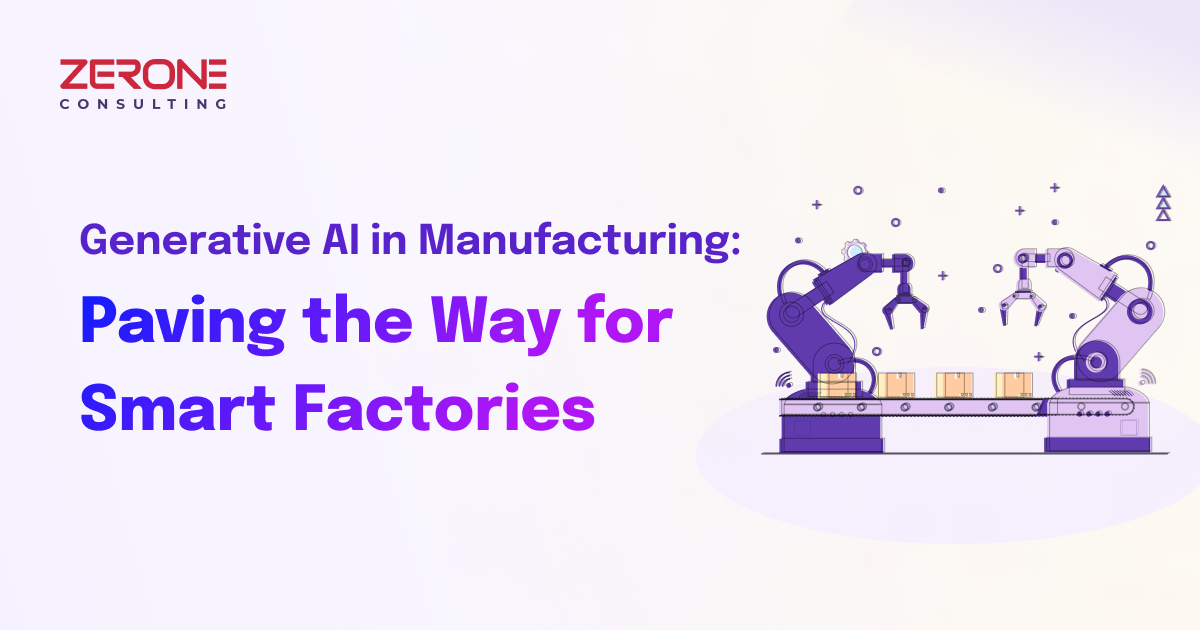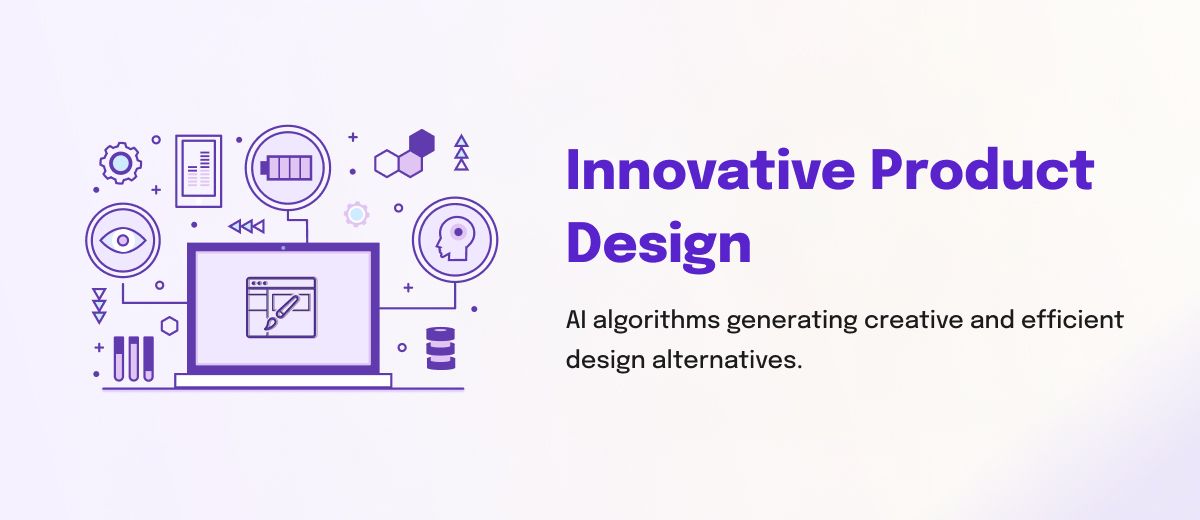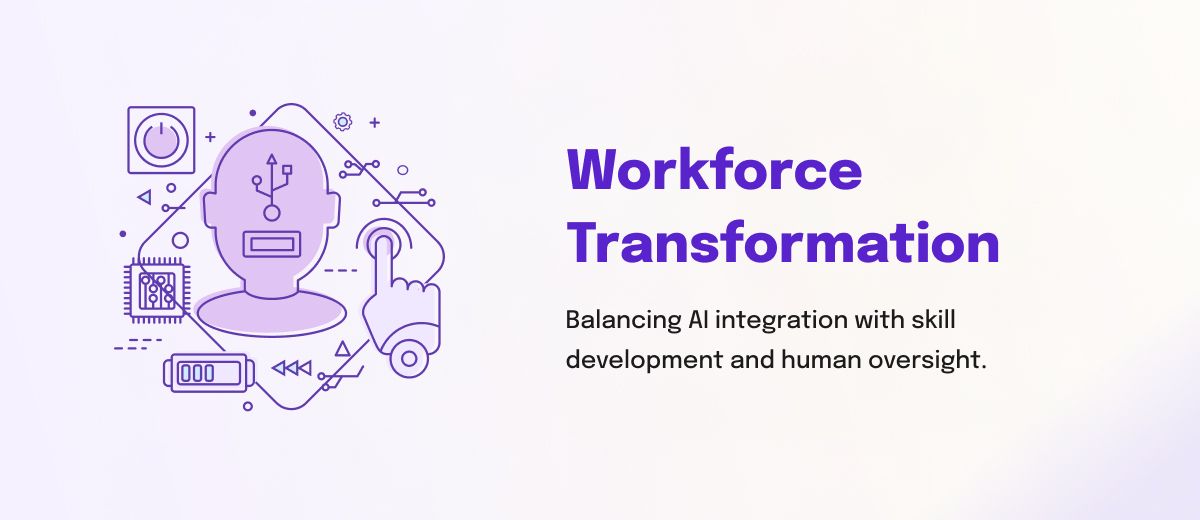Generative AI in Manufacturing: Paving the Way for Smart Factories
The manufacturing sector, often perceived as a bastion of traditional practices, is undergoing a radical transformation. At the heart of this change is generative artificial intelligence (AI), redefining what's possible in manufacturing. From designing sophisticated products to optimizing production lines, generative AI is playing a pivotal role in ushering in the era of smart factories.

Redefining Product Design with AI's Creative Genius
One of the most exciting applications of generative AI in manufacturing is in the realm of product design. AI algorithms can now generate innovative design alternatives, pushing the boundaries of creativity and functionality. These algorithms consider factors like material properties, manufacturing constraints, and environmental impact, offering designs that are not only aesthetically pleasing but also more sustainable and efficient to produce.

Optimizing Production with Predictive Maintenance and Quality Control
Generative AI is also revolutionizing production processes. By predicting equipment failures before they occur, AI-driven predictive maintenance can significantly reduce downtime and maintenance costs. Similarly, in quality control, AI algorithms are capable of inspecting products with a level of precision and consistency that far surpasses human capabilities. This not only ensures a higher quality of products but also streamlines the production process, reducing waste and improving efficiency.
Supply Chain Optimization: AI's Strategic Foresight
In the complex world of supply chain management, generative AI acts as a strategic tool. It helps in forecasting demand, optimizing inventory levels, and planning logistics more effectively. In today's global economy, where supply chains are often stretched across continents, AI's ability to manage and mitigate risks is invaluable.
The Future Factory: AI-Driven and Human-Centric
The factory of the future is not an AI-dominated landscape but a synergy between human ingenuity and AI's analytical prowess. While AI automates and optimizes processes, the human workforce remains at the core, overseeing operations and making strategic decisions. The challenge lies in ensuring a seamless integration of AI into the existing workforce, where upskilling and training become key components.

Conclusion: Embracing AI for a Competitive Edge
As we step into the future, the manufacturing sector's embrace of generative AI is not just about staying relevant; it's about gaining a competitive edge. AI in manufacturing promises not just increased efficiency and cost savings, but also a new level of innovation and quality. The manufacturers who will lead the industry are those who view AI not merely as a tool for automation, but as a catalyst for transformation – one that enhances creativity, optimizes efficiency, and redefines the manufacturing landscape.
The journey towards integrating AI into manufacturing also presents an opportunity for environmental stewardship. By enabling smarter resource utilization and waste reduction, AI-driven processes can contribute significantly to sustainable manufacturing practices. This aspect is crucial in an era where environmental consciousness is not just a moral responsibility but also a business imperative.
Moreover, the convergence of AI with other emerging technologies like the Internet of Things (IoT) and robotics is creating a more interconnected and intelligent manufacturing ecosystem. This integration facilitates real-time monitoring and decision-making, further elevating the efficiency and responsiveness of manufacturing processes.
However, the transition to AI-powered manufacturing is not without its challenges. It requires a careful balance between technological adoption and workforce transformation. The future of manufacturing hinges on a workforce that is adept at working alongside AI, where human creativity and AI's analytical power complement each other. Investment in employee training and development, therefore, becomes as important as investment in technology.
We can help!
Why Scrum Fits Like A Glove
#Customapplicationdevelopment
Mvps - A Silver Bullet In Software Development
#Customapplicationdevelopment



